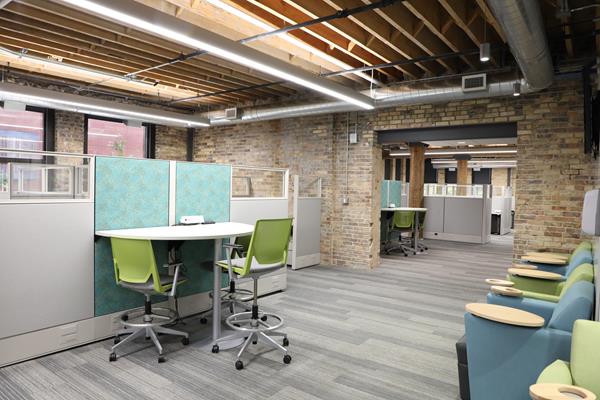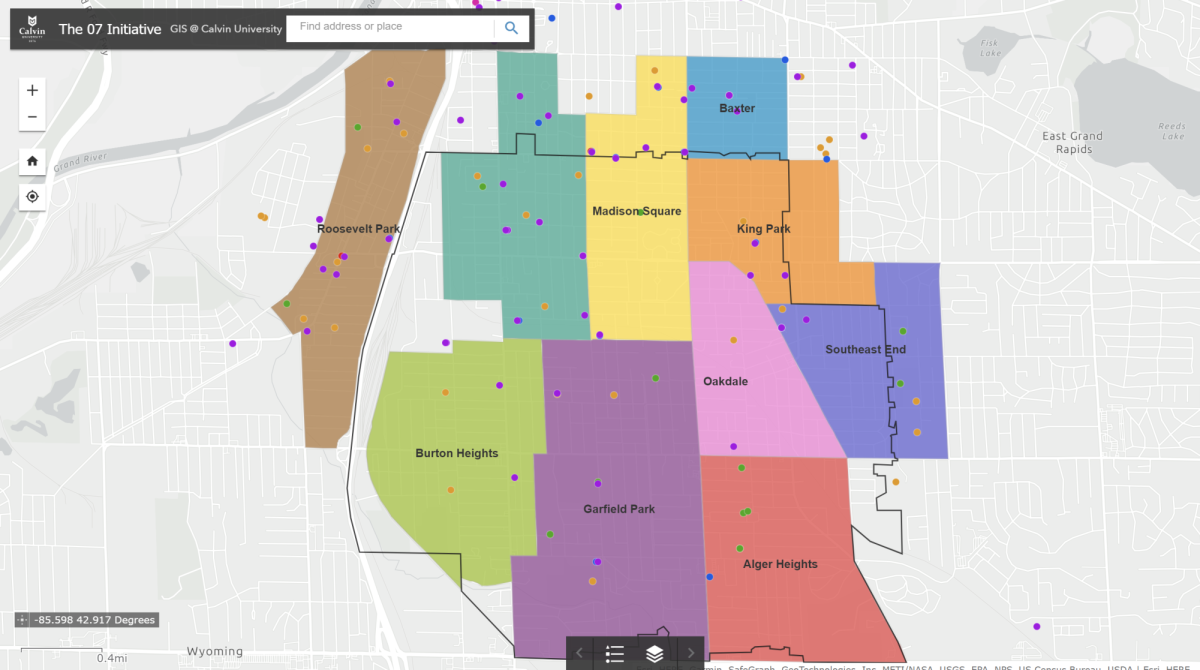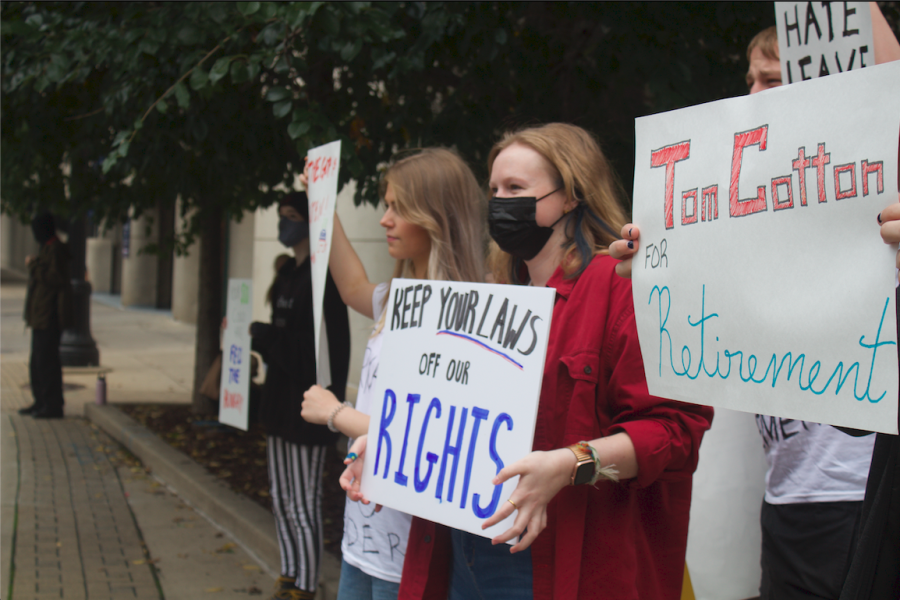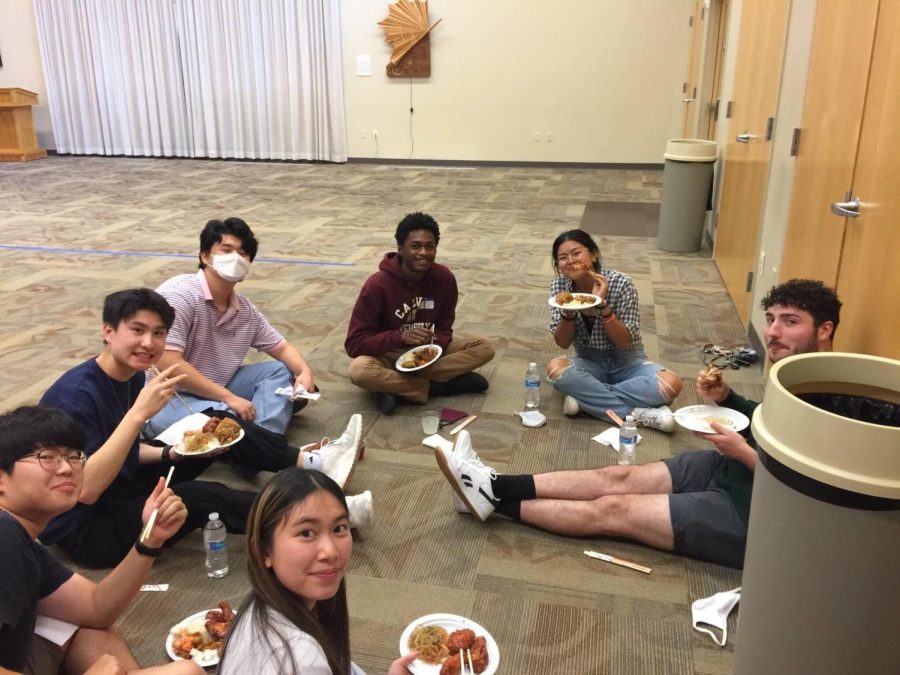Imagine someone trying to scrape together enough money for rent. Imagine someone having to come to Mel Trotter Ministries, a Grand Rapids ministry for the homeless and hungry, and staying in their homeless shelter. Imagine that person is a Grand Rapids Community College (GRCC) student.
“Last winter, we had close to 12 GRCC students at one time staying in our shelter,” said Cindy Longyne, communication manager of Mel Trotter Ministries, “and that was because they didn’t have enough money to pay their rent.”
Longyne said that the average homeless individual is changing from the typical veteran homeless man to a younger college-aged person.
“The face of homelessness is changing,” Longyne said. “Before it used to be the veteran who’s in his 50s and 60s and doesn’t have a place to go. There are a lot of services for veterans in Grand Rapids. We are seeing the face of homelessness become way younger because of housing costs or parents who can’t keep their kids when they’re 18 or 20 years old now. There’s not as many services for that awkward age between 18 and 25.”
Stuart Ray, executive director of Guiding Light Mission, said youth homelessness stems from poorer families and the rising cost of education, among other matters.
“There are a number of ongoing social safety net issues,” Ray said. “You look at ongoing breakdown of families, the cost of education, even an adequate return on your investment in your degree choice.”
Longyne said that not only is college-aged homeless are increasing, but the proportion of homeless families with young children is increasing as well.
“Last week, we had a lot of moms and children,” Longyne said. “There were 50 kids — elementary and younger –– staying in the shelter.”
In response to the growing incidence of homeless families, Mel Trotter recently made a shelter where families can be housed together.
“We are starting a program to allow intact homeless families to stay in our facility because, as of now, in Grand Rapids, there is not a facility that can hold an intact family,” Longyne said. “We’ve always had to split up the male and the female for security reasons. But now we changed some things in our facility to allow security to have a family stay together because when you are going through something as tough as that [homelessness], your family is your main unit.”
Longyne said the future of homelessness is uncertain, but she was certain it was transforming.
“We can’t predict what it will look like in the next couple of years,” Longyne said, “but it’s changing.”








